Curriculum
- 9 Sections
- 80 Lessons
- 10 Weeks
- Introduction1
- Internet5
- Mobile Phone Essentials11
- Applications14
- 4.2Introduction to the application
- 4.3Playstore
- 4.4Deleting or uninstalling app
- 4.5What is Menstruation App?
- 4.6Medical and Healthcare App
- 4.7Agriculture App
- 4.8Educational App
- 4.9Government App
- 4.10Registering Pregnancy on Umang
- 4.11Checking the pregnancy registration status?
- 4.12Summary
- 4.13Activity
- 4.14Assignment3 Days
- 4.15Quiz10 Minutes7 Questions
- Web Browser15
- 5.1Introduction of Web browser
- 5.2Create Account on Chrome
- 5.3Search by Voice and lens on Chrome
- 5.4Managing Bookmark on Chrome
- 5.5Deleting Bookmarks
- 5.6How to change the language of Chrome?
- 5.7Browsing History on Chrome
- 5.8Clearing Browsing history on Chrome
- 5.9Managing Password on Chrome
- 5.10Manage Downloads on Chrome
- 5.11How to download images and files?
- 5.12Summary
- 5.13Activity
- 5.14Assignment3 Days
- 5.15Quiz10 Minutes9 Questions
- YouTube9
- WhatsApp11
- Online Safety and Security26
- 8.1Online Safety and Security
- 8.2Privacy Awareness
- 8.3Cybersecurity Practices
- 8.4Digital Footprint Management
- 8.5Safe Online Communication
- 8.6Respectful Online Behavior
- 8.7Financial Frauds
- 8.8Social Engineering
- 8.9Identity Theft
- 8.10Online Shopping Scams
- 8.11Political Incitements
- 8.12Hate speech and Extremist Content
- 8.13Campaigns of disinformation and misinformation
- 8.14Provocation of Violence
- 8.15Cyberbullying and Harassments
- 8.16Trolling and Agitation
- 8.17Human Trafficking
- 8.18Child Exploitation
- 8.19Labor trafficking and recruitments scams
- 8.20Online slave Trade
- 8.21Sex Trafficking
- 8.22112 India App
- 8.23Summary
- 8.24Activity
- 8.25Assignment3 Days
- 8.26Quiz10 Minutes5 Questions
- Congratulations!1
Campaigns of disinformation and misinformation
Disinformation involves intentionally spreading false or misleading information, while misinformation refers to the unintentional dissemination of inaccurate information. Both are commonly orchestrated through online campaigns, taking advantage of the internet’s reach and speed.
Watch this video to learn more about it:
Media error: Format(s) not supported or source(s) not found
Download File: https://www.productivepaths.com/wp-content/uploads/2024/03/Misinformation-And-Disinformation.mp4?_=1
Internet Contribution:
- Virality: The internet allows false information to spread rapidly through social media, creating viral content that reaches a large audience before corrections can be made.
- Anonymity: Online platforms enable individuals or entities to disseminate disinformation anonymously, making it challenging to trace the source and hold them accountable.
- Algorithmic Amplification: Social media algorithms may inadvertently promote sensational or controversial content, contributing to the rapid dissemination of disinformation.
- Deepfakes: Advanced technology enables the creation of convincing deepfake videos, adding a layer of sophistication to disinformation campaigns by presenting fabricated content that appears real.
How can we protect ourselves?
2. Fact-Checking Tools: Use fact-checking tools and websites to ensure that information is accurate.
3. Critical Thinking: Practice critical thinking skills by questioning information and considering alternative viewpoints.
4. Media Literacy Education: Encourage and participate in media literacy education to improve the public’s ability to distinguish between credible information and disinformation.

Example:
During the COVID-19 pandemic, various online campaigns spread misinformation about the virus’s origins, treatments, and preventive measures. False claims, such as the promotion of unproven cures or conspiracy theories, circulated widely, leading to public confusion and potential harm.
